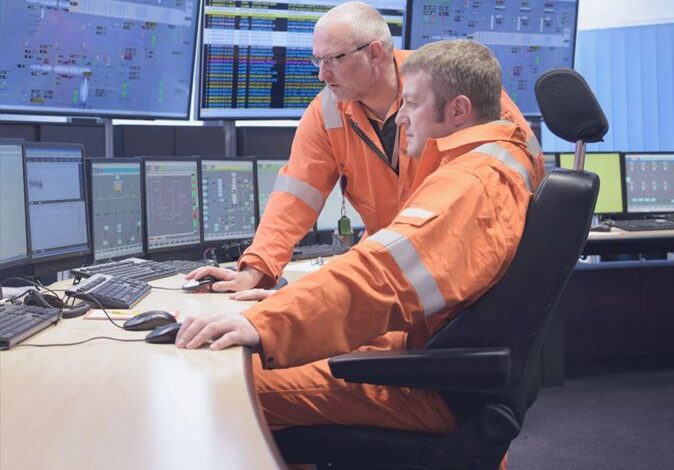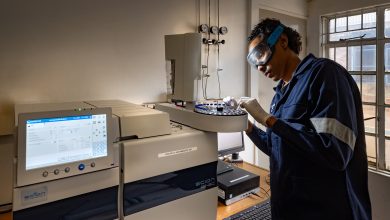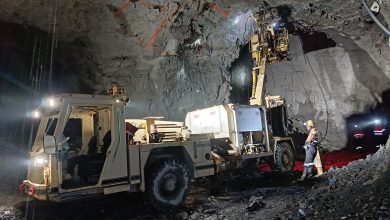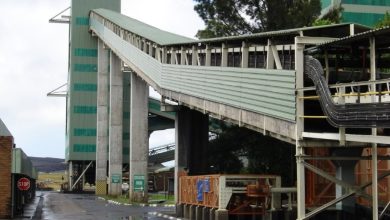
Looking ahead, advancements in computing power and data availability augur well for the acceleration of the adoption of AI models.
It has never been a more tempting time to manage a mineral processing company than the present. Mining companies have to contend with a myriad of challenges on different fronts. And given the changing circumstances, it is clear that the ‘time-honoured’ traditional approach may not suffice to ensure that their business models are sustainable in the long-term. Thus, they have to be flexible and dynamic in their thinking and embrace innovative approaches. It is high time then for them to adopt Artificial Intelligence (AI) tools in planning processes. Fascinatingly, COVID-19 has been touted as the greatest disruptor in other sectors, but is it eliciting a similar response amongst mining mineral processing companies as far as AI goes?
Early days
It is still early days to determine with certainty the scale of the penetration of AI in mineral processing, but an industry case study indicates that opportunities abound. But, before delving the case study’s findings, at the onset, one has to examine the myriad of persisting challenges and establish whether or not AI tools could help in managing them.
Challenges
Truth be told, even before the COVID-19 pandemic, mineral processing was already beset by a number of issues – chiefly, rising operating costs, regulators are uncompromising on Health, Safety and Environmental (HSE), and host communities expect companies to do more than extracting ore, above and beyond volatile economic conditions (mainly commodity markets).
Then, the formulaic approach centred around maximising production and mine planning and manpower development. However, it is increasingly becoming evident that these are out of kilter with contemporary market dynamics.
Covid the catalyst
Although COVID-19 pandemic cannot be attributed as the sole factor that has pushed mineral processing companies towards AI tools, definitely, it has been a catalyst. However, the effects it has occasioned have made organisations to explore opportunities it may open in mineral processing.
As it happens with new technologies, mining companies had been reluctant to embrace AI tools, sceptical about their necessity. The impact of the COVID-19 pandemic elicited a rethink. The pandemic has resulted in restrictions in movement, affecting workforce availability, supply chains and demand. This has necessitated alternative interventions that could address short-term challenges, in addition to enhancing operational resilience as a long-term competitive advantage. Amongst others, AI emerged as one of the viable options. And, thus far, the return has been visible: improved agility and operational resilience as an integrated fertiliser producer referenced in a review has demonstrated.
Case study
In building AI models, the objective is to develop models to get detailed insight into possibilities of profitability under different scenarios. Handily, data that processing plants have gathered over the years can be combined with financial and market data.
In the fertiliser company’s context, AI was applied to understand correlations between market prices and profitability in different operating models. The first case involved effects of maximising production (immediate profits) or yield (long term profits) with economic life of mine. Also, it looked at the effects of maximising grade of beneficiated ore and the impact of different ore characteristics on downstream costs.
Remarkably, another insight emerged: beneficiation plant decisions could lead to more than 20 percent variability in downstream processing costs. What is more, another notion emerged: operator experience does suffice in the face of intricate correlations amongst hundreds of variables.
Identifying profitable strategies
By building AI models using profit drivers (intricate correlations amongst hundreds of variables) across the value chain, a mineral processing company can be able to identify profitable strategies. Looking ahead, advancements in computing power and data availability augur well for the acceleration of the adoption of AI models in the new economic reality.
Credits: How artificial intelligence can improve resilience in mineral processing, a review by McKinsley & Company






